Case Study: Sustainable Visitor Reception with Hempcrete Blocks at Ightham Mote
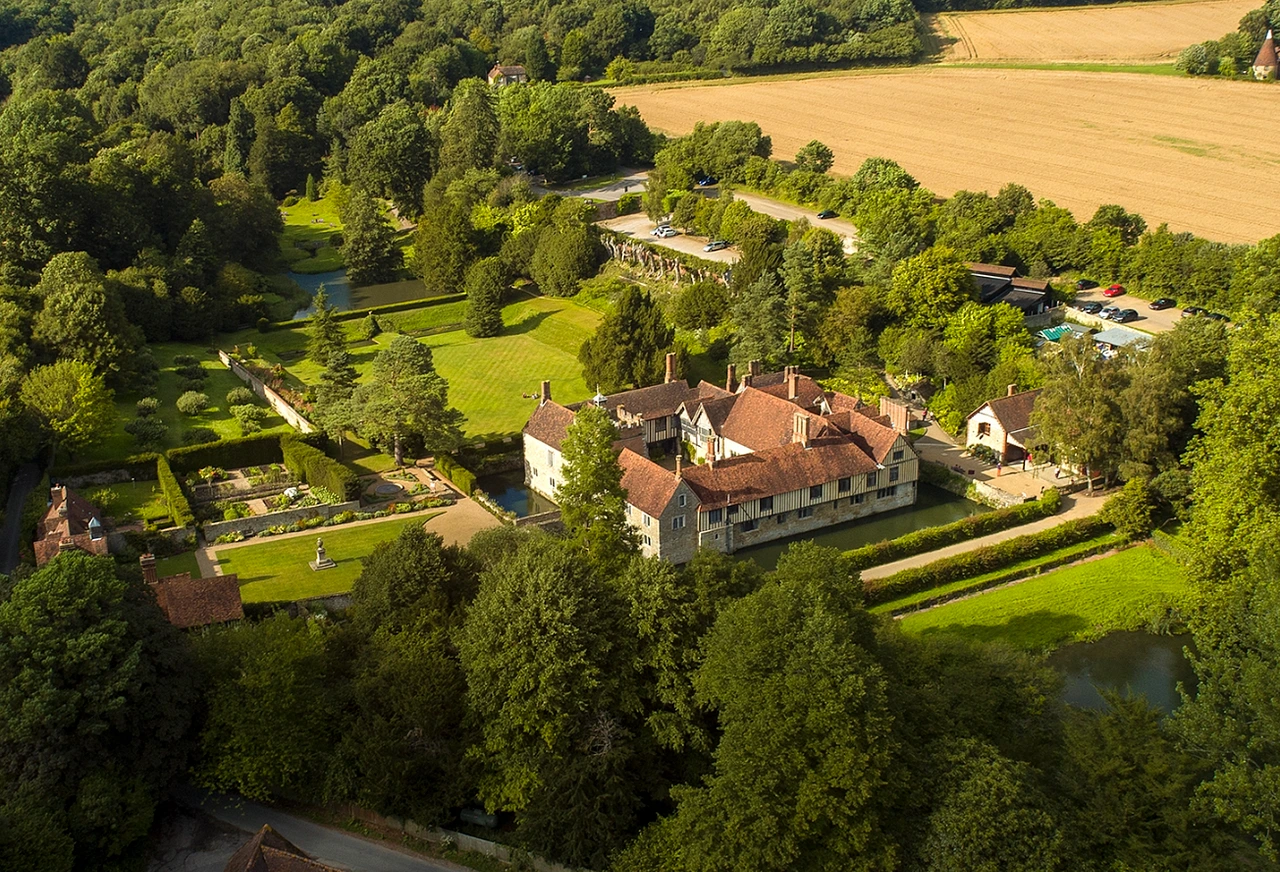
Aerial photo courtesy of the National Trust
The National Trust’s Ightham Mote, a Grade I listed medieval manor house in Kent, has recently expanded its visitor amenities with a new, sustainably designed reception and retail space. Working with Reed Watts Architects and Colvin & Moggridge Landscape Architects, the project was developed with an emphasis on low-impact materials and energy-efficient systems. A key feature of this sustainable construction is the use of hempcrete blocks, supplied by The Hemp Block Company, creating a durable, low carbon structure that aligns with Ightham Mote’s historical character and environmental goals.
Ightham Mote: Blending Heritage with Sustainability
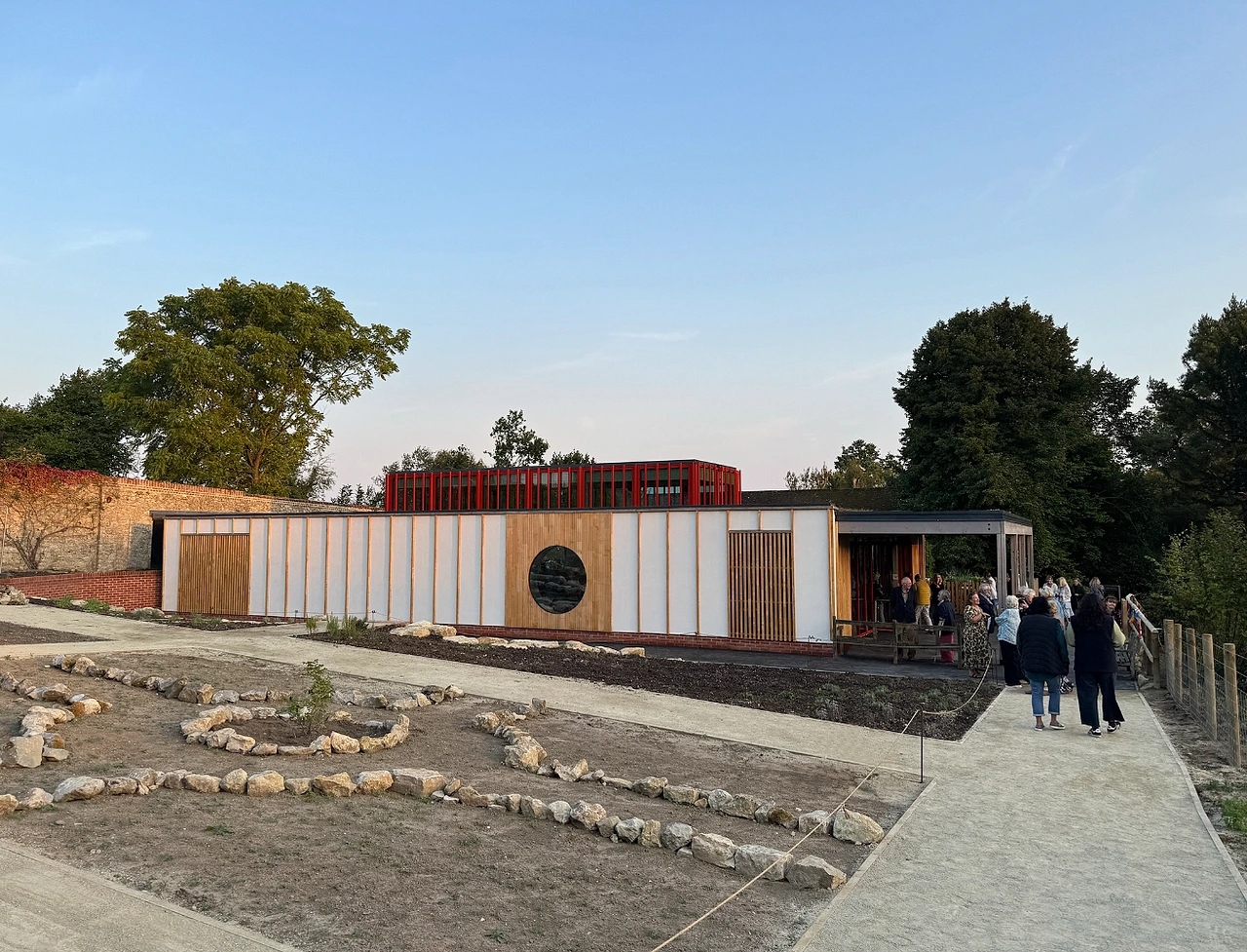
Photo credit: Colvin & Moggridge
Situated in an historic walled garden, the new reception area was carefully designed to complement the existing estate while enhancing the visitor experience. The space offers a welcoming and flexible layout for guests to orient themselves before exploring the main building and grounds. By choosing natural materials like hempcrete, lime, and timber, the design team achieved a balance between modern functionality and traditional aesthetics, staying true to the textures and tones of the landscape.
Hempcrete Blocks: A Low-Carbon Alternative
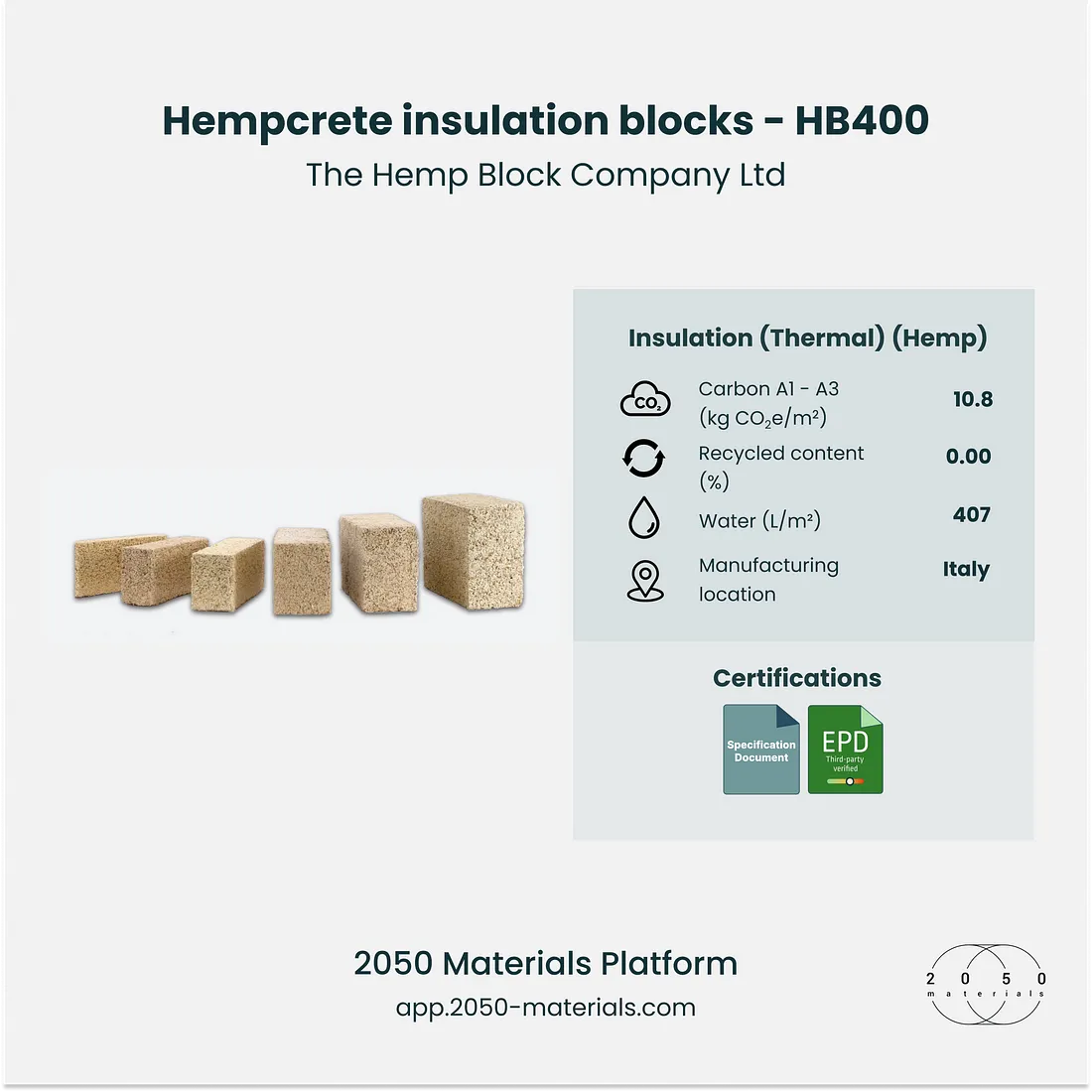
The decision to use 400mm-thick hempcrete blocks reflects a commitment to environmental stewardship. Hempcrete, made from 100% natural materials, is known for its sustainable qualities:
– Thermal and Acoustic Comfort: Naturally insulating, the hempcrete blocks help maintain a stable indoor temperature and reduce noise.
– Breathable and Hygrometric Balance: The material’s breathability ensures a healthy indoor environment by regulating moisture levels, reducing the risk of mold.
– Low Embodied Energy: With low energy requirements in production, hempcrete offers a carbon-friendly alternative to traditional building materials.
– Resistance to Fire, Frost, Insects, and Rodents: These qualities make hempcrete durable and low-maintenance, suitable for long-term use in demanding environments.
Sustainable Features and Finishes
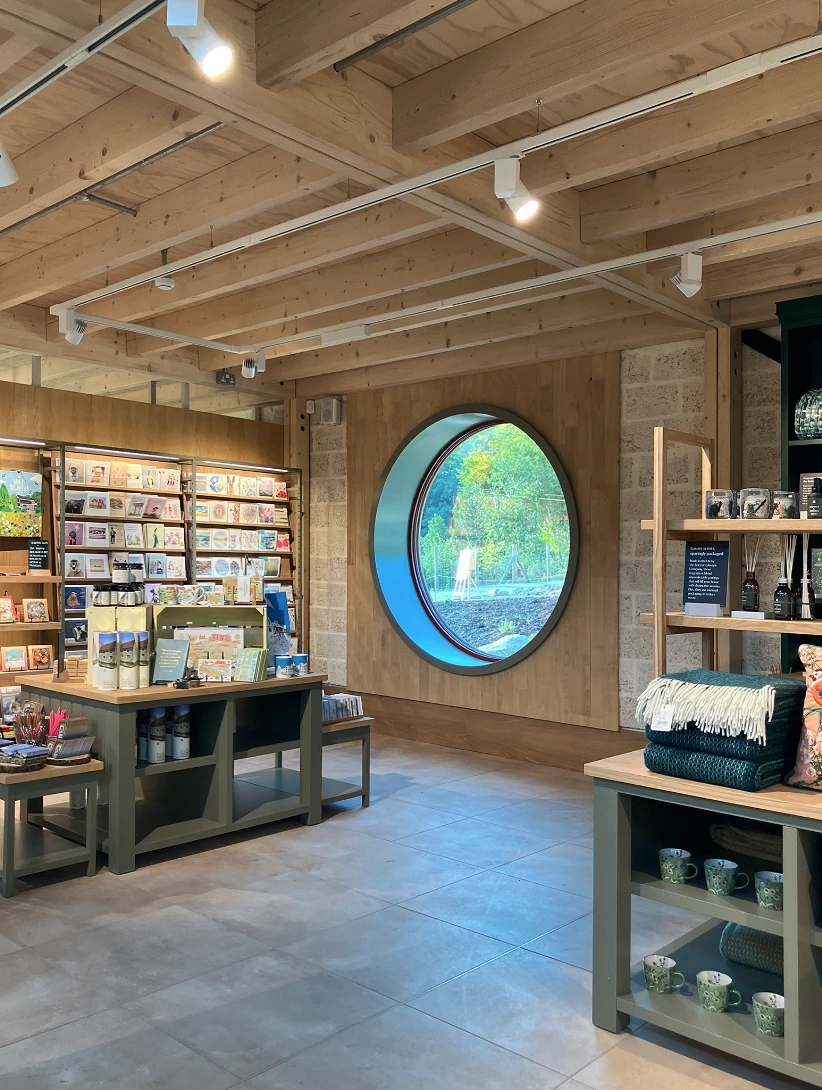
Photo credit: Colvin & Moggridge
Externally, the hempcrete walls are clad in locally sourced sweet chestnut and lime render, enhancing durability and seamlessly integrating with the natural landscape. Inside, the walls have a light coat of limewash to unify their appearance, creating a warm and inviting ambiance for visitors. This design approach, focused on renewable materials, aligns with the National Trust’s commitment to conservation and sustainability.
Additional sustainable features include:
– Air Source Heat Pump: Provides energy-efficient heating, reducing reliance on fossil fuels.
– Passive Ventilation: Enhances air circulation, reducing energy consumption.
– High Levels of Insulation: Supports thermal efficiency, making the building cost-effective and comfortable year-round.
Project Outcomes
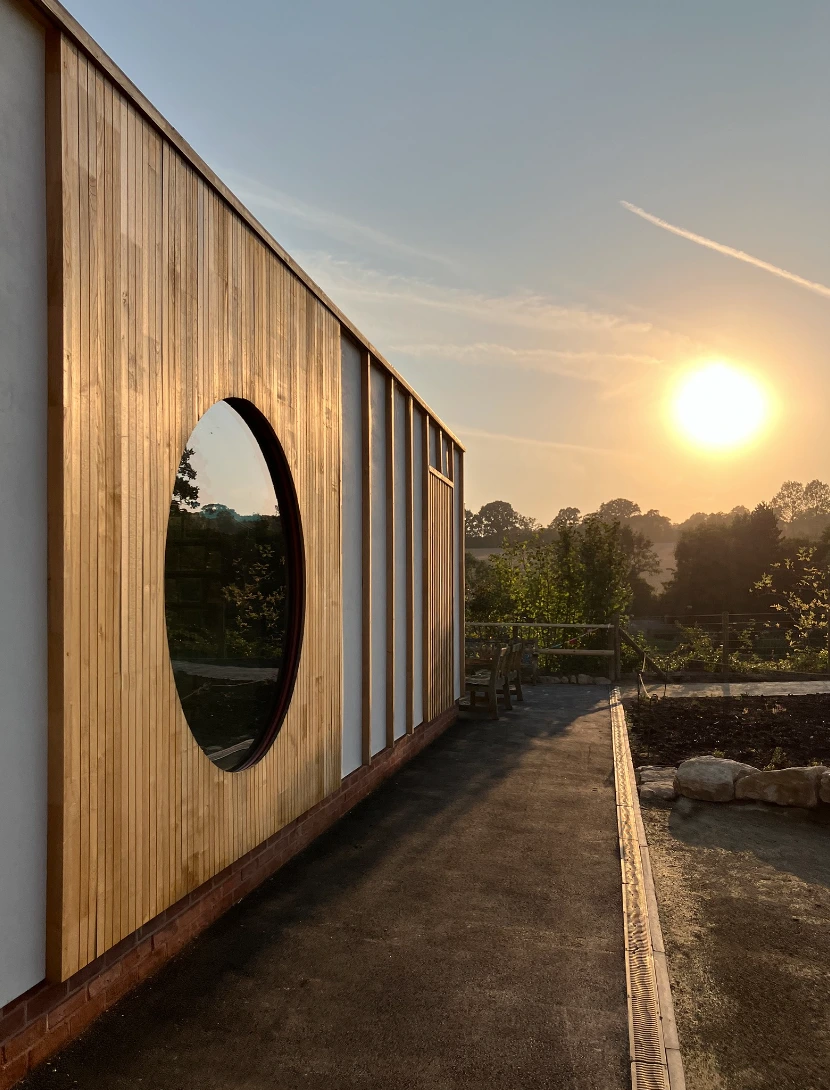
Photo credit: Colvin & Moggridge
The sustainable construction of Ightham Mote’s visitor reception showcases the potential of innovative materials like hempcrete in heritage settings. The project successfully integrates:
– Environmental Responsibility: The use of natural materials, alongside low-energy systems, supports the National Trust’s environmental goals and reduces the building’s carbon footprint.
– Enhanced Visitor Experience: The reception space offers comfort and functionality, blending seamlessly with the historic surroundings.
– Long-Term Durability: The hempcrete blocks, alongside the sweet chestnut cladding and lime finishes, ensure a lasting structure that requires minimal maintenance.
Conclusion
The new visitor reception at Ightham Mote exemplifies the potential of sustainable design in heritage sites. By using hempcrete blocks from The Hemp Block Company, the National Trust has created an inviting, sustainable space that reflects both the estate’s historical significance and a commitment to environmental responsibility. This project serves as a model for sustainable construction in sensitive heritage contexts, demonstrating how natural materials can enhance durability, aesthetics, and carbon efficiency in historic sites.
Source
Reed Watts — Ightham Mote
Related articles
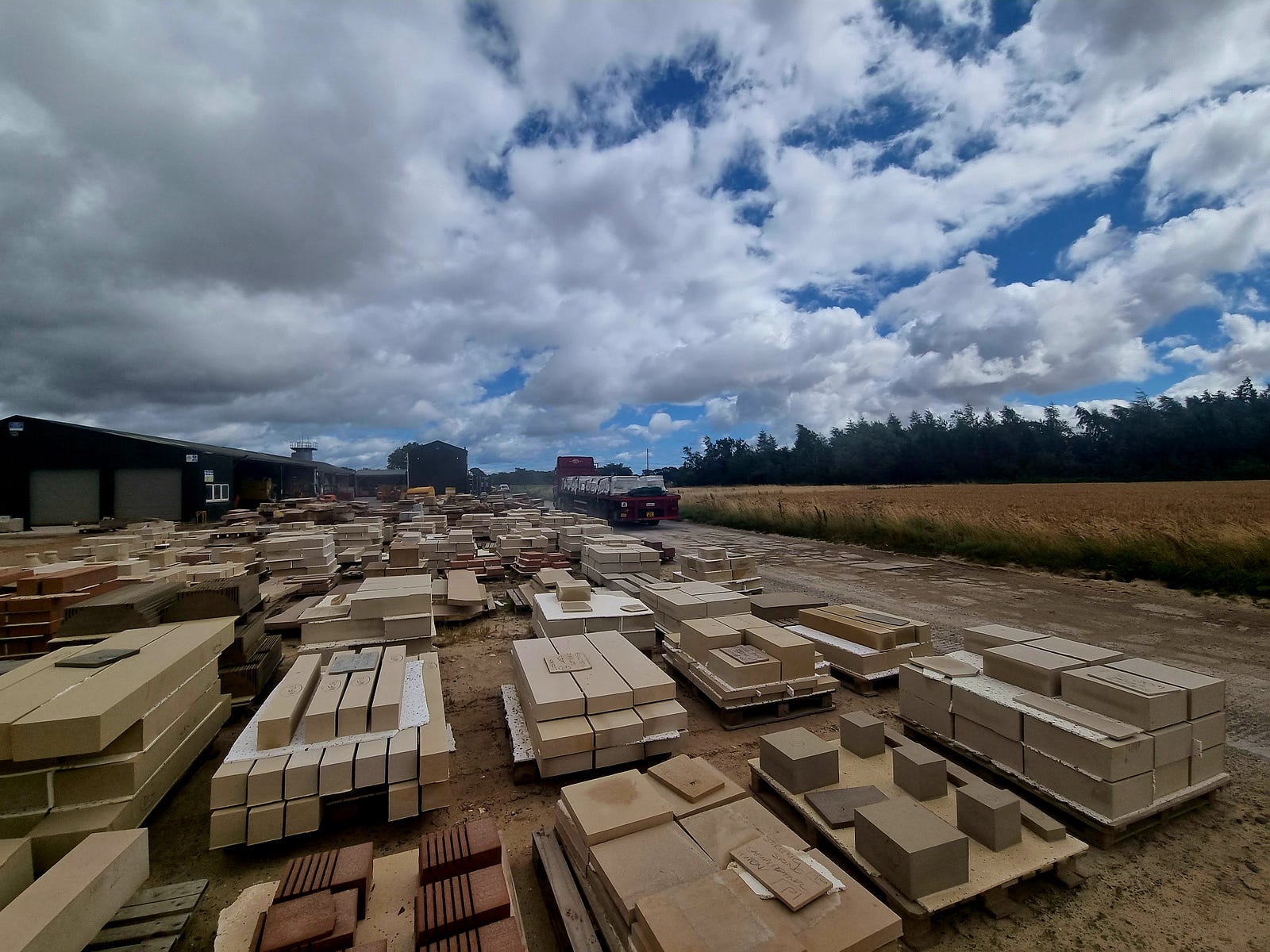
Building a Legacy with Hutton Stone
Hutton Stone, a heritage-driven quarrying company led by Marcus Paine, exemplifies how traditional materials can meet modern sustainability demands. From the careful stewardship of quarries to low-carbon innovations like split and sawn stone bricks, Hutton Stone merges architectural legacy with environmental responsibility. As part of the SME Climate Hub and the UK Ethical Stone Register, their operations demonstrate that ecological care and construction excellence are not mutually exclusive—but mutually reinforcing.
Read more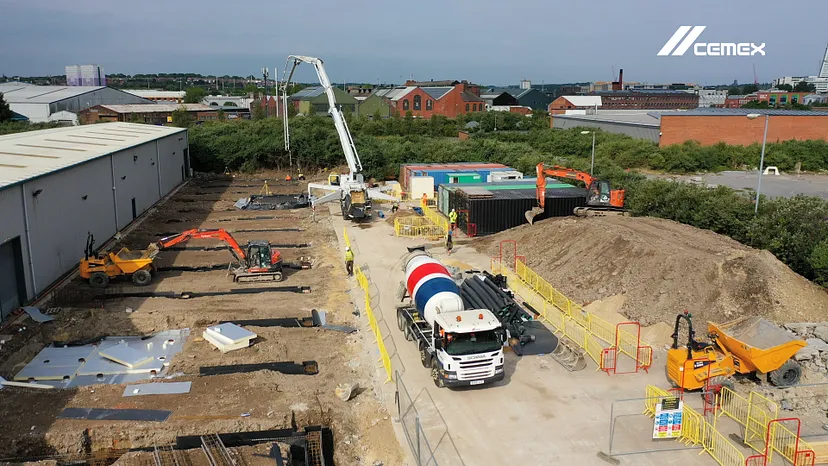
Case Study: Citu Climate Innovation District
As the desire to build lower carbon housing grows, Citu’s Climate Innovation District in Leeds stands as a blueprint for environmentally conscious development.
Read more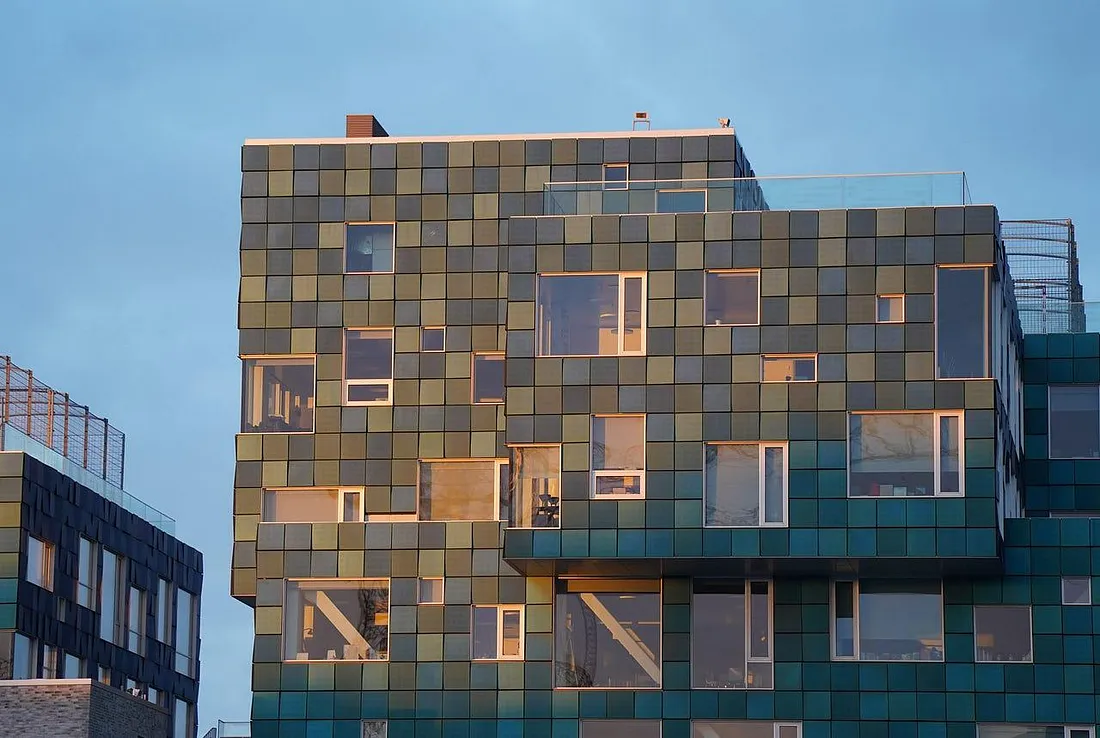
Harnessing Solar Power and Energy Efficiency: SolarLab’s Innovative Facade Solutions
SolarLab is harnessing solar power and energy efficiency providing an innovative solution that not only pays for itself but also generates energy.
Read more